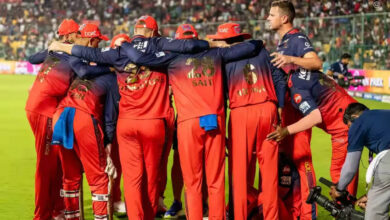

Arshad nadeem instagram account blocked in India; No Action on Shahid Afridi (Source: AP)
Olympic Gold Medallist Arshad Nadeem’s Instagram account was blocked in India days after a pahalgam attack in jammu and kashmir that Killed 26 CIVILILIANS. Along with Arshad, Popular Pakistani Artists, Including Actors Mahira Khan, Hania Aamir, and Ali Zafar, also Had their Instagram Accounts Blocked In India. The move comes Amidst India’s Drive to Ban Popular Pakistani YouTube and Social Media Channels in India. Former Pakistan Cricketers Shoaib Akhtar and Basit Ali’s YouTube Channels were also also banned in India following the pahalgam. Recently, the Indian Government also blocked Shahid Afridi’s YouTube Channel in India, However, His Instagram Account Still remains active.
Afridi Found Himself Him HOT SOUP AFTER He Made Shameful Remarks Against The Indian Army and Blamed Them For Failing to Prevent the Terrorist Attack in Pahalgam. Afridi was slammed by the Indian Sporting Fraternity, Including Shikhar Dhawan, Who Reminded Him About Pakistan’s Defeat to India in Previous Wars.
Meanwhile, on Wednsday, Arshad’s Instagram Account showed a blank page with a statement – “Account not available in India.
More to Follow …..
Get Latest News Live on Times Now Along With Breaking News and Top Headlines from Sports and Around the World.
Follow Us




